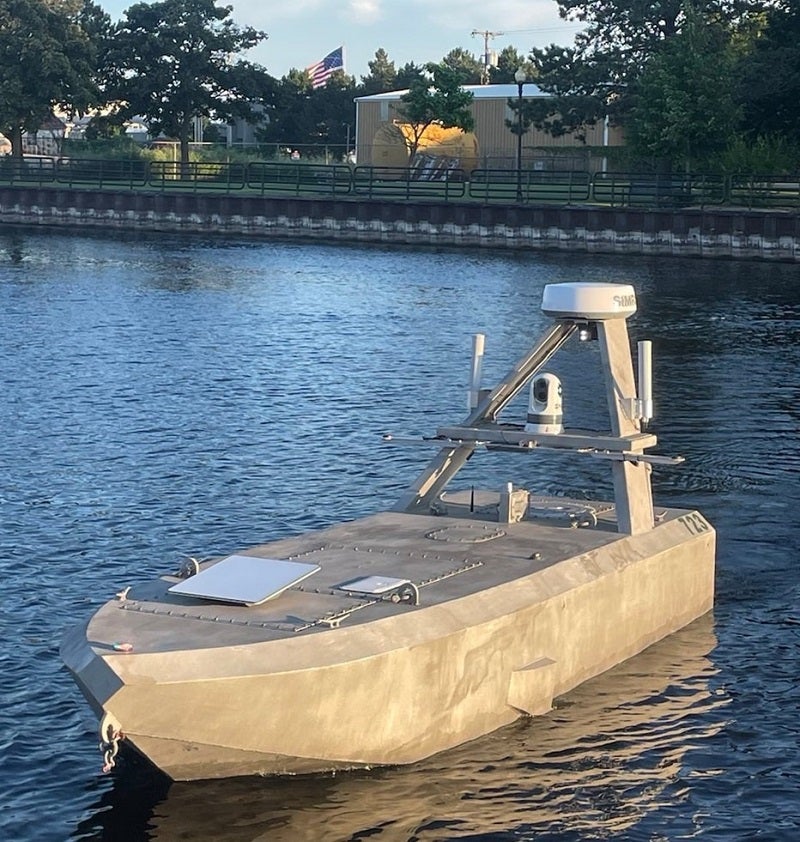The US Department of Defense (DoD) hosted an event in Thunder Bay, Michigan to demonstrate next generation autonomous systems designed to enhance naval operations.
The event, which took place in July 2024, comes under the auspices of AUKUS Pillar II – the advanced capabilities segment of the trilateral alliance.
Areas of cooperation under Pillar II range from quantum, hypersonics, electronic warfare to deep-space radar. This time, however, the DoD sought to use artificial intelligence (AI) and autonomy to improve situational awareness and bolster defensive capabilities exclusively at sea.
ABL software
One of the objectives was to test the Autonomy Baseline (ABL), a suite of government owned software that uses the Navy’s Uncrewed Maritime Autonomy Architecture (UMAA) standard interfaces.
Specifically, this software allowed for greater adaptability and ease of integration on multiple vessels, proving a future warfighter plug and play capability. In this instance, the DoD and an industry team integrated ABL software onto small Uncrewed Surface Vessels (sUSV).
The rapid integration of ABL technology onto these platforms demonstrated simultaneous command of more than 80% of the sUSV platforms tested.
Inter-platform communications
US personnel also tested solutions that enable communication between autonomous systems, traditional naval assets, and command centres.
Tested technologies included Multi-domain Uncrewed Secure Integrated Communications (MUSIC), a software-defined mesh network that uses different communication links simultaneously to orchestrate information sharing across platform and sensor nodes.
Communications solutions like MUSIC seek to enhance capabilities across domains, improving AUKUS partners’ operational efficiency and decision-making speed.
Furrthermore, this demonstration tested the Common Control System (CCS), the government-owned operator software for planning and execution of uncrewed system missions.
Using MUSIC, and several years of groundwork in autonomy, the test showed how USV data can be transmitted from the platforms through the MUSIC tactical communications network and into CCS.

AI and autonomy in defence
This is not the first instance that AI and autonomy have been used to enhance AUKUS defence capabilities. In February, the three allies participated each presented solutions to the vulnerabilities of ground-based autonomous vehicles in a trial based in South Australia.
At the time, a statement from the UK Ministry of Defence read:
“Through Pillar 2, our countries are collaborating to accelerate collective understanding of AI and autonomy technologies, and how to rapidly field robust, trustworthy AI and autonomy in complex operations while adhering to international law and ensuring the safe and responsible use of AI.”
Ultimately, the Australian trial served to ensure that the systems can complete their missions and preserve network connectivity in an EW-contested environment.
Currently, GlobalData estimates the total AI market will be worth $1trn by 2030, up from $103bn in 2023 at a compound annual growth rate of 39%. The leading intelligence consultancy added that “in the coming decade, the country that emerges on top in AI will lead the Fourth Industrial Revolution.”









